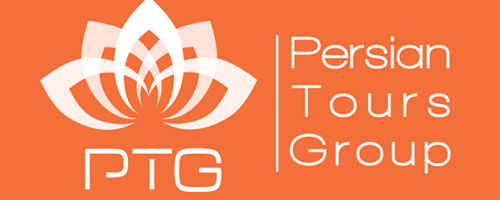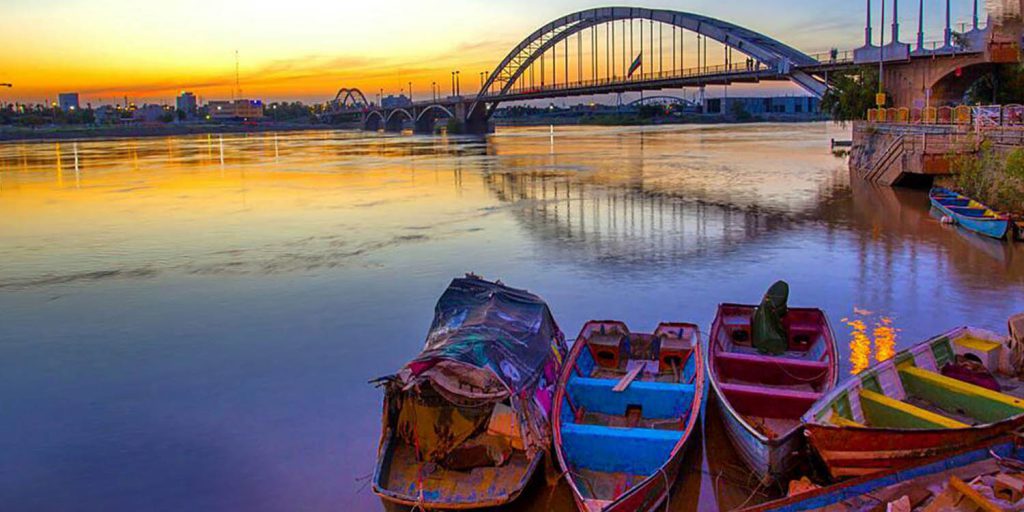
Menu

Khuzestan province is located in southwestern Iran, which borders Iraq. This province is the main supplier of oil and gas to Iran and one of the most important in the Middle East. The history of Iran and perhaps the whole region of the Middle East goes back to this important province of Iran when the Elamites ruled in this region around 2500 BC. That is why Khuzestan has been called “The Universal Birthplace of the Nation”.
Ahvaz is one of the metropolises of Iran, which is the capital of Khuzestan Province since 1303. According to the census of the Statistics Center of Iran in 2016, the population of Ahvaz is approximately 1,184,788 people, which is considered to be the eighth most populous city in Iran. The city of Ahvaz, covering an area of 18,650 hectares, is considered one of the largest cities in Iran (the fourth largest city in Iran).

Ahvaz was one of the main cities of Khuzestan during the Sassanid era and was one of the main centers of Khuzestan’s textile industry and one of the centers of Christianity in Iran. In addition, the city is one of the main centers of commerce and, due to its location along the Karun River – which has the ability to navigate – is a good place for commerce.
The city of Ahvaz in the early centuries of Islam was considered one of the largest and most prosperous cities in Khuzestan due to the dam that was closed on Karun River. Ahvaz is one of the most important cities in Iran due to its oil wealth and is the fourth richest oil city in Iran with 37 billion barrels of oil reserves.
Another most important historical city of Iran which is located in Khuzestan is the city of Susa with a history of 6000 years. Susa is one of the earliest human civilizations, this city was chosen as the capital of the Achaemenid dynasty in five hundred years BC and was considered an important city in human history before Arab invasion of Iran.
Main office: Office no. 5, First Floor,Building No. 404, Corner of Beheshti St. and Qaem Maqam St. Tehran Iran.
Tel : +985138519585 EXT. 117
WhatsApp : +968 912 14 982
Email : info@persiantoursgroup.com